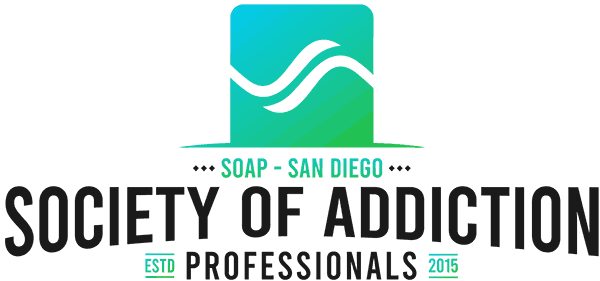More people than ever are using marijuana, whether recreationally or a part of a medical marijuana program. At the same time, many people struggle with substance use disorders, and marijuana can be part of the problem. While marijuana isn’t considered as harmful as opioids or other narcotics like cocaine, many people find it can be addictive.
Not everyone who smokes or ingests marijuana will have a substance use disorder, but as marijuana has become more potent, cannabis use disorder has become more prevalent.
What is Cannabis Use Disorder?
According to the National Institute on Drug Abuse, nearly 30 percent of those who use marijuana may have some degree of “cannabis use disorder.” Many of the people who meet the criteria for this disorder started using before the age of 19.
A person with cannabis use disorder often uses more marijuana than they mean to and the drug use interferes with their quality of life. They may have social, financial, or legal problems due to their drug use. Addiction can also mean physical withdrawal symptoms such as coughing, shaking, headaches, and vivid dreams. When a person tries to quit using marijuana, these issues may intensify and make it more challenging to clean.
Marijuana withdrawal isn’t as intense as other drug withdrawals, but the psychological pull of cannabis can cause a person to relapse. If you or somebody you love has a cannabis use disorder, therapy and treatment or 12-step meetings can help provide support to get clean.
Why Cannabis Use Disorder is More Common
As of April 2021, marijuana is legal for recreational use in 16 states and DC, while medical marijuana is available in 36 states. It’s easier to get and less obviously impairing for young people, making it attractive for people who want to be discreet about their use. Many young people have switched their alcohol use for marijuana use in high school.
Research from the NIH shows that cannabis use among college students has continued to increase over the past five years, reaching the highest level in 35 years in the early days of the pandemic. 44% of college students reported using marijuana in the past year in 2020, compared to 38% in 2015.
Marijuana is more accessible than many other drugs and is more socially acceptable among young people. This is why it can be challenging to recognize cannabis use disorder among recreational users.
About SD-SOAP
Learn more about the latest news in addiction medicine, make friends, and create new, important contacts. Join one of our free online meetings to learn more about our organization and our networking or education events.

